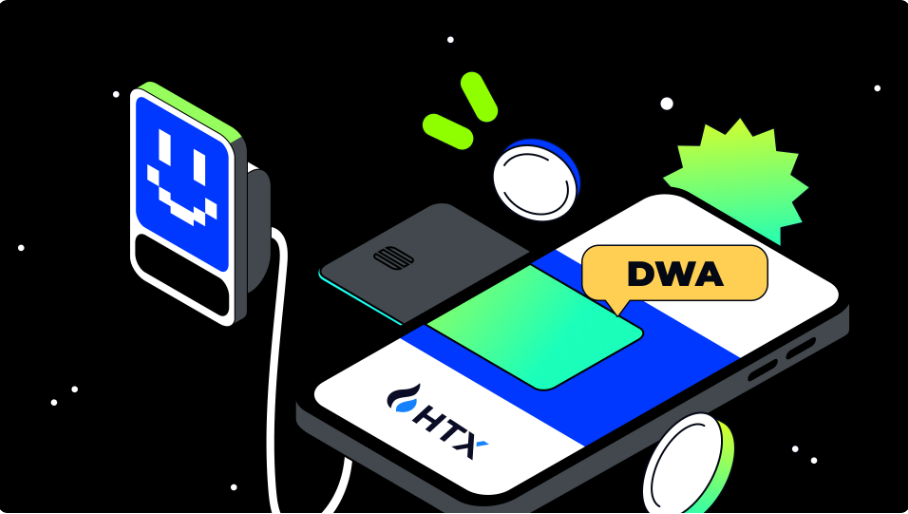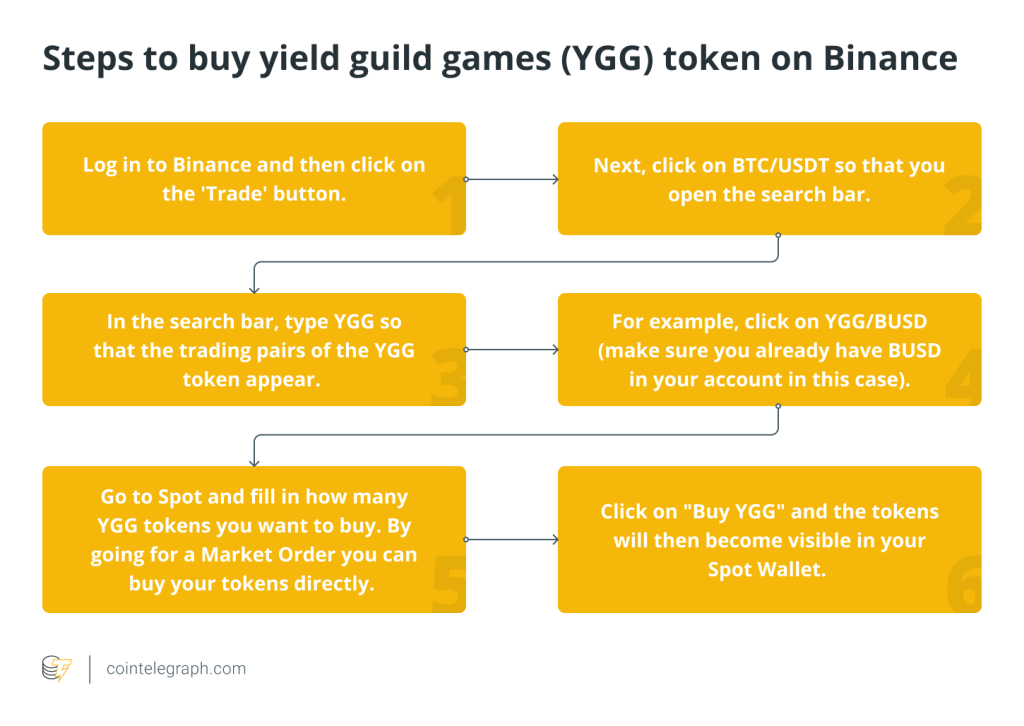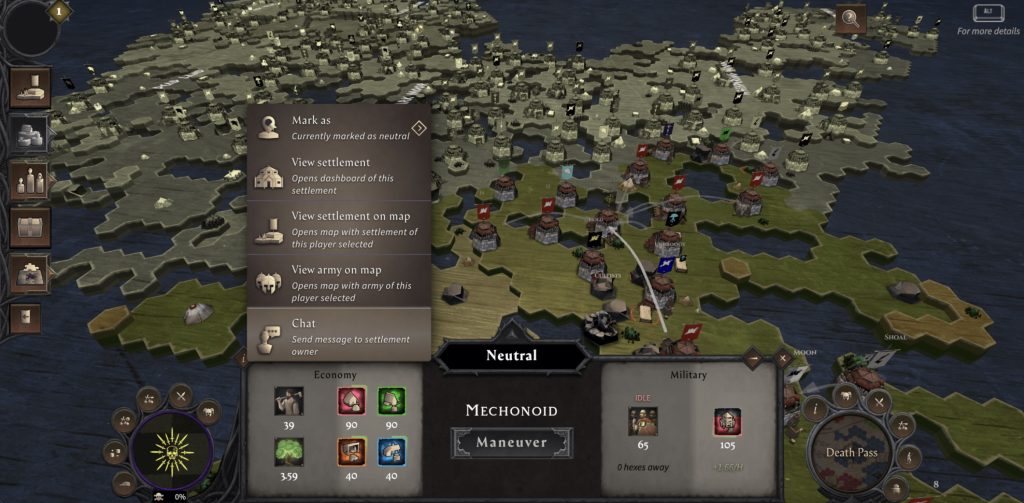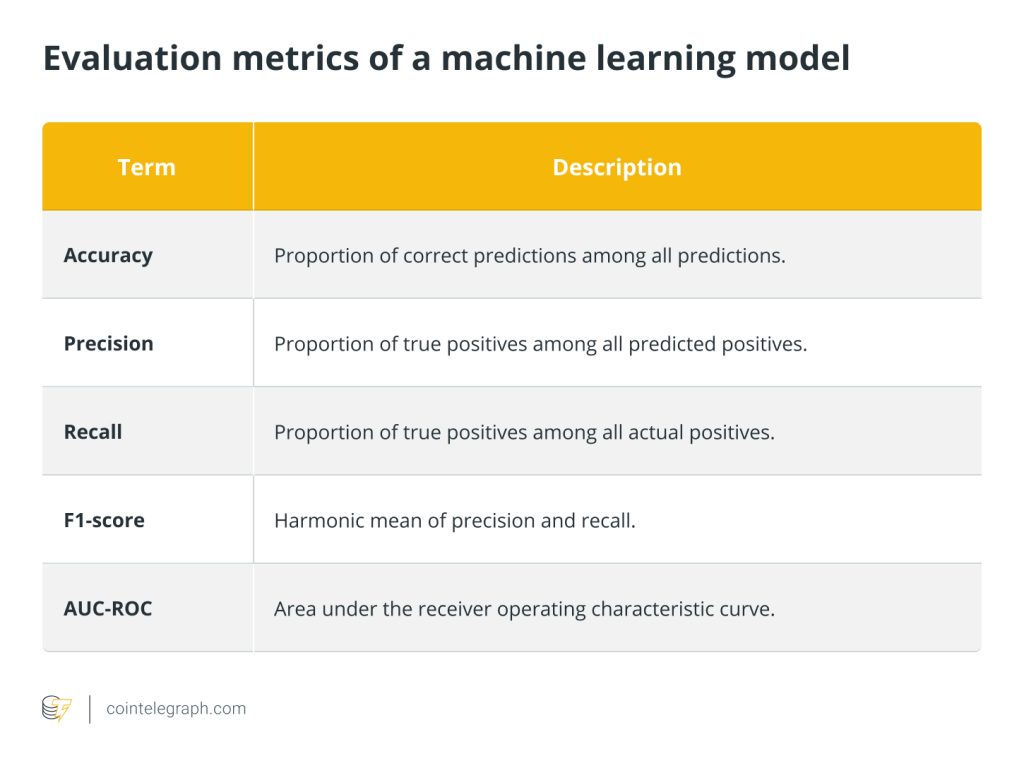What Is DAW? Exploring the Future of Fully On-Chain Games: Challenges and Opportunities


Abstract
DAW belongs to the subset of fully on-chain games, characterized by being entirely on-chain, open-ended, and having no pre-set gameplay.
DAW is in the early stages of its development, and OPcraft stands out as one of its significant milestones.
The primary technological bottleneck lies in on-chain game engines. Currently, there are four prominent DAW game engines: MUD, Dojo, World Engine, and Keystone.
Major Challenges facing DAW Development include the absence of standardized game development frameworks, difficulties in code reusability, and a shortage of data composability.
In the upcoming bullish market cycle, a surge of popular applications is poised to emerge, capitalizing on the unique attributes of blockchain technology. Both SocialFi and GameFi exhibit promising potential.
What is DAW?
DAW (Decentralized Autonomous Worlds) belongs to the subset of fully on-chain games, characterized by being entirely on-chain, open-ended, and having no pre-set gameplay. By providing publicly accessible programmable interfaces, DAW empowers players to freely create, enhance, and expand their gaming experiences within the realm of this digital-physical reality, thereby extending the boundaries of the game's narrative.
Within the domain of Web2 gaming, there are two primary categories: Web2 non-autonomous world games and Web2 Autonomous World games (CAW). Web2 non-autonomous world games include popular titles like "Honor of Kings" and "League of Legends", which feature structured in-game objectives, such as "rankings". A prime example of CAW is "Minecraft." In this game, players are not constrained by a predefined ultimate game goal. It encourages creative freedom, opening up diverse gameplay possibilities. Within the Minecraft universe, players can do more than simply construct structures and manage virtual animals. They can explore advanced gameplay modes, including "survival mode," "adventure mode," "multiplayer" mode, and more.
The primary distinction between Web3's DAW and Web2's CAW lies in the degree of decentralization. DAW stores every aspect of the game, including game assets, all elements related to gameplay, and the game's logic, on a blockchain network. In comparison to other fully on-chain games, DAW offers a richer array of features and gameplay, granting players greater autonomy within this decentralized world and enhancing the overall level of playability.
Note: "Digital-physical reality" refers to the fundamental laws and systems that exist within a computational world. Each world in this context has its own set of governing rules, which determine all occurrences within it. These rules define the physics of that specific world. Moreover, in this context, "physics" is a term that encompasses the fundamental laws and systems present in any "world".
Milestones in DAW's Development
DAW is in the early stages of its development, and OPcraft stands out as one of its significant milestones.
In October 2022, the Lattice team launched OPcraft, a fully on-chain 3D game inspired by Minecraft.
OPCraft has established a set of simple game rules. Players can perform only four in-game actions: block destruction, block synthesis, block placement, and claiming a 16 x 16 land area (becoming the largest diamond pledger of that block). Furthermore, players can customize the frontend using the officially provided open plugin system to deploy custom components and systems. Within just two weeks of its launch, OPCraft attracted over 1,500 players, producing more than 3.5 million on-chain records. It has also sparked various user-generated pixel art, player-made plugins, and a series of spontaneously formed competitions, games, and collective governance activities, including both malicious and friendly player behaviors.
On October 29th, just two days before the conclusion of the OPcraft testing phase, a player named SupremeLeaderOP made an announcement on Discord and Twitter, declaring the establishment of a world government within the game. According to the OPcraft game settings, players could stake their diamonds to claim land. As per the official announcement, SupremeLeaderOP staked 135,200 diamonds to establish ownership over a significant portion of the area around the spawn, effectively preventing others from building or mining on it.
In DAW games, boundless possibilities unfold, where events occur and evolve beyond anyone's control. This unparalleled freedom unleashes captivating gameplay experiences. DAW represents a significant gameplay advancement compared to early GameFi models that primarily focused on "Play to Earn" mechanics. It also competes alongside Web2 games in many aspects. Since OPcraft debut, a wave of DAW games has emerged, featuring notable titles like the Loot Realms series, ISAAC, and Topology.
Underlying Technical Principles of DAW
Unlike traditional off-chain games or hybrid on-chain/off-chain games, every action, transaction, and progression in on-chain games is recorded on the blockchain. This fundamental distinction sets them apart from Web2 games and represents a revolutionary game-changing paradigm. In DAW games, players have true ownership of their in-game assets, which can be traded, sold, or used as NFTs across various games. The game rules and mechanics are transparent and verifiable, enabling third-party developers to create unique experiences on top of the core game. Assets and progress can be seamlessly utilized across multiple games and platforms. Players can engage in the "Play to Earn" model, and these games are no longer under the control of a single entity. With the advancement of Layer 2 solutions, blockchain performance has made significant progress. However, when it comes to implementing the features mentioned above, the primary technological bottleneck lies in on-chain game engines, which differ from those used in Web2 games.
The game engine is essentially a modularized code library and a set of tools. By utilizing the engine's various interfaces, game developers can accomplish tasks such as graphics rendering, physics simulation, and network communication without delving into low-level programming. This significantly saves time and allows developers to focus on game design and content creation. In the realm of commercial game engines, Unity and Unreal are the most commonly used options. On the other hand, on-chain game engines prioritize areas such as state synchronization, game security, enhancing gas cost efficiency, and ensuring maximum composability and interoperability. Currently, there are four prominent DAW game engines: MUD, Dojo, World Engine, and Keystone.
MUD, developed by the Lattice team, is an open-source framework designed for creating on-chain apps. It has found extensive use not only in the gaming sector but also in various other fields. Many of the most popular on-chain games, such as OPCraft, Skystrife, Kamigotchi, and more, are built using the MUD framework.
Dojo: Dojo is a Cairo-based on-chain game engine and technology stack optimized for autonomous world games on Starknet. Cairo is a Rust-like smart contract language that empowers developers to create verifiable applications, fully leveraging the scalability provided by Starknet. By using Cairo, Dojo enables Starknet's game developers to provide complexity and transparency in their games. Noteworthy games developed with Dojo include "Roll Your Own" and "Influence".
World Engine: World Engine, developed by Argus, is designed to be a sharded rollup technology stack specifically created to support and enhance on-chain games.
Keystone: Keystone, developed by the Curio team, is a rollup framework constructed on the OP stack. Its primary aim is to empower high-performance on-chain games, with a particular focus on real-time strategy games like "Age of Empires". Keystone is designed to support multiple Data Availability (DA) layers, beginning with Celestia. Prominent games built on Keystone include "Treaty" and others.
DAW's Dilemma and Future Prospects
During the early stages of GameFi, these games often suffered relatively poor gameplay, with users primarily driven by the "Play To Earn" aspect. However, as game tokens were heavily mined and their value declined, this resulted in a significant decrease in the player base, creating a vicious cycle that challenged the sustainability of GameFi projects. Therefore, DAW games must prioritize enhancing gameplay and establishing a stable in-game economic cycle. They also need to introduce diversified and sustainable resources through external business expansion to ensure the game's longevity. In addition, from a technical standpoint, to truly achieve DAW, several core issues in the on-chain games must be tackled:
1. Absence of Game Development Frameworks: Many development teams often resort to a do-it-yourself approach, which results in inefficiencies. This approach hinders them from fully capitalizing on shared system knowledge to tackle common issues and fails to seize the opportunity for continuous optimization of the best solutions.
2. Challenges with Code Reusability: Examining many of the currently developed blockchain games, it becomes evident that only a small portion of game code is reusable for creating different games. The lack of clear differentiation between layers and components across various games restricts the ability to employ shared code libraries for developing the next generation of games.
3. Lack of data composability: The challenge of sharing blockchain state between different blockchain games remains unresolved. Finding effective solutions for managing interoperability and data sharing among different blockchain games continues to be an ongoing problem.
Summary
With the advancement of Layer 2 solutions, such as Op and Starknet, remarkable performance has been demonstrated, effectively mitigating the technological bottlenecks that had previously hindered blockchain progress. In the upcoming bullish market cycle, a surge of popular applications is poised to emerge, capitalizing on the unique attributes of blockchain technology. Alongside the recent surge in SocialFi's popularity, GameFi is also emerging as a highly promising sector. The rise of OPCraft has catapulted the DAW sector into the spotlight, and as game engines continue to advance, Web3 games are ready to compete with Web2 games, propelling the blockchain industry into traditional markets.






… [Trackback]
[…] Read More Info here to that Topic: x.superex.com/academys/deeplearning/2056/ […]
… [Trackback]
[…] Read More here to that Topic: x.superex.com/academys/deeplearning/2056/ […]
… [Trackback]
[…] Info on that Topic: x.superex.com/academys/deeplearning/2056/ […]
… [Trackback]
[…] Find More Info here on that Topic: x.superex.com/academys/deeplearning/2056/ […]
… [Trackback]
[…] Find More to that Topic: x.superex.com/academys/deeplearning/2056/ […]
… [Trackback]
[…] Read More Info here to that Topic: x.superex.com/academys/deeplearning/2056/ […]
… [Trackback]
[…] Read More Info here to that Topic: x.superex.com/academys/deeplearning/2056/ […]
… [Trackback]
[…] Read More Information here on that Topic: x.superex.com/academys/deeplearning/2056/ […]
… [Trackback]
[…] Read More to that Topic: x.superex.com/academys/deeplearning/2056/ […]
… [Trackback]
[…] Read More on that Topic: x.superex.com/academys/deeplearning/2056/ […]
… [Trackback]
[…] Info on that Topic: x.superex.com/academys/deeplearning/2056/ […]
… [Trackback]
[…] Find More here to that Topic: x.superex.com/academys/deeplearning/2056/ […]
… [Trackback]
[…] Read More on that Topic: x.superex.com/academys/deeplearning/2056/ […]
… [Trackback]
[…] Info to that Topic: x.superex.com/academys/deeplearning/2056/ […]
… [Trackback]
[…] There you will find 3593 more Information on that Topic: x.superex.com/academys/deeplearning/2056/ […]
… [Trackback]
[…] Read More on that Topic: x.superex.com/academys/deeplearning/2056/ […]
… [Trackback]
[…] Info on that Topic: x.superex.com/academys/deeplearning/2056/ […]
… [Trackback]
[…] Info on that Topic: x.superex.com/academys/deeplearning/2056/ […]
… [Trackback]
[…] Find More Info here on that Topic: x.superex.com/academys/deeplearning/2056/ […]